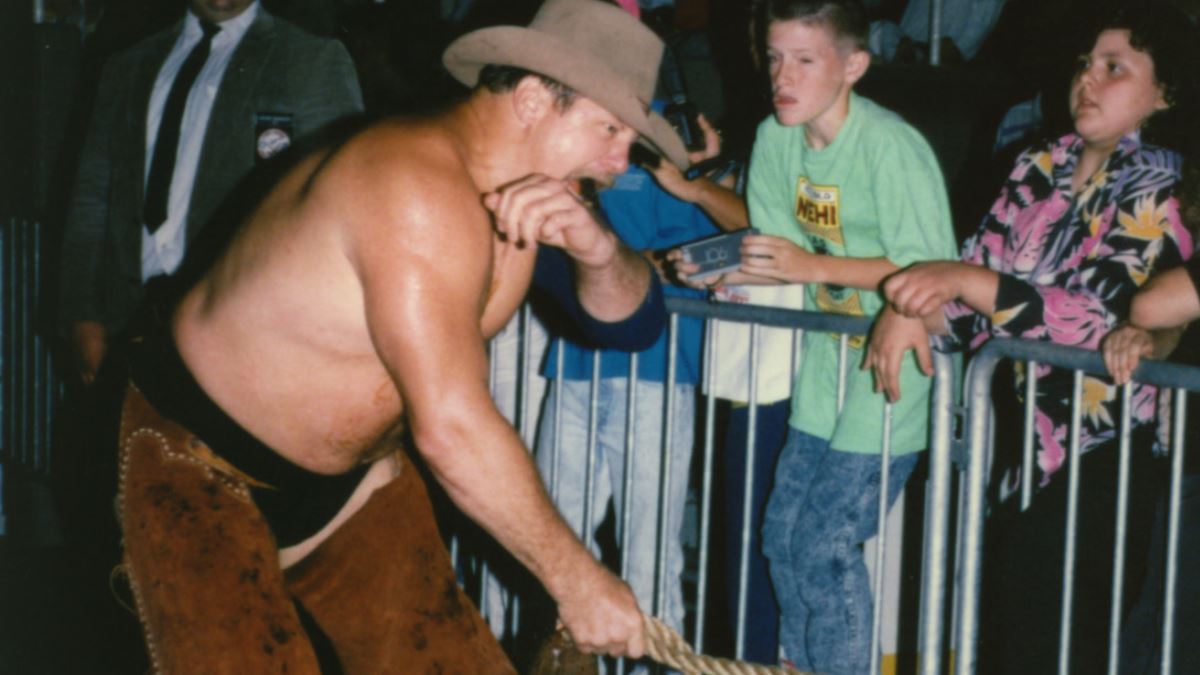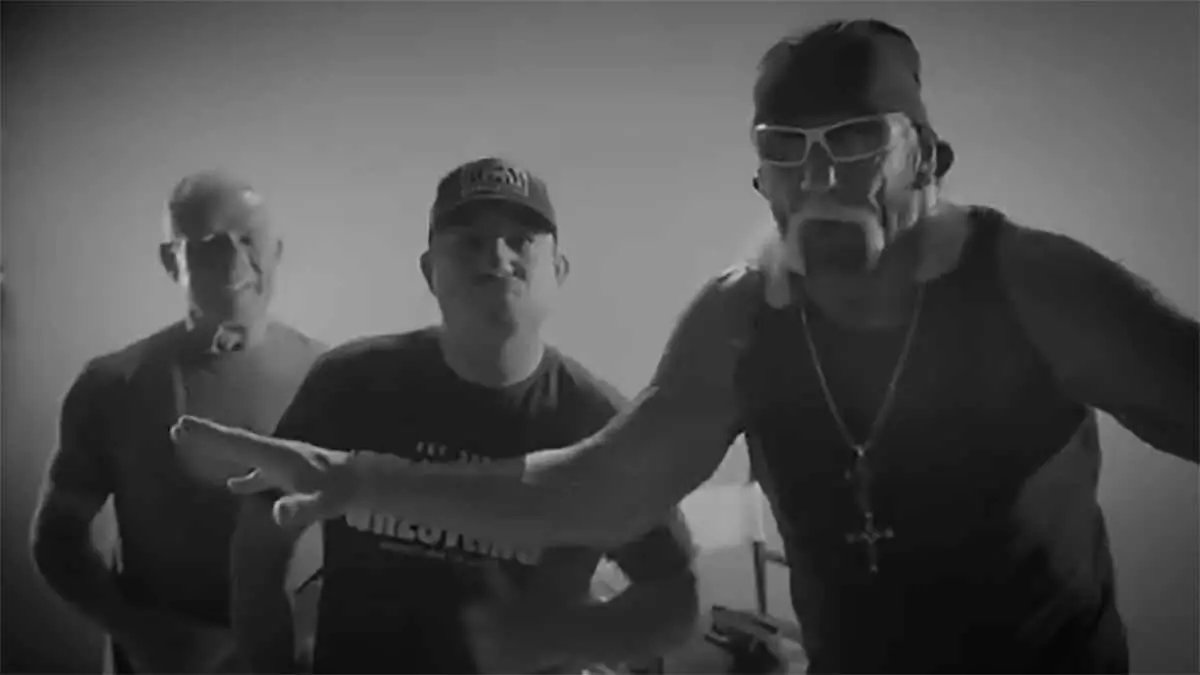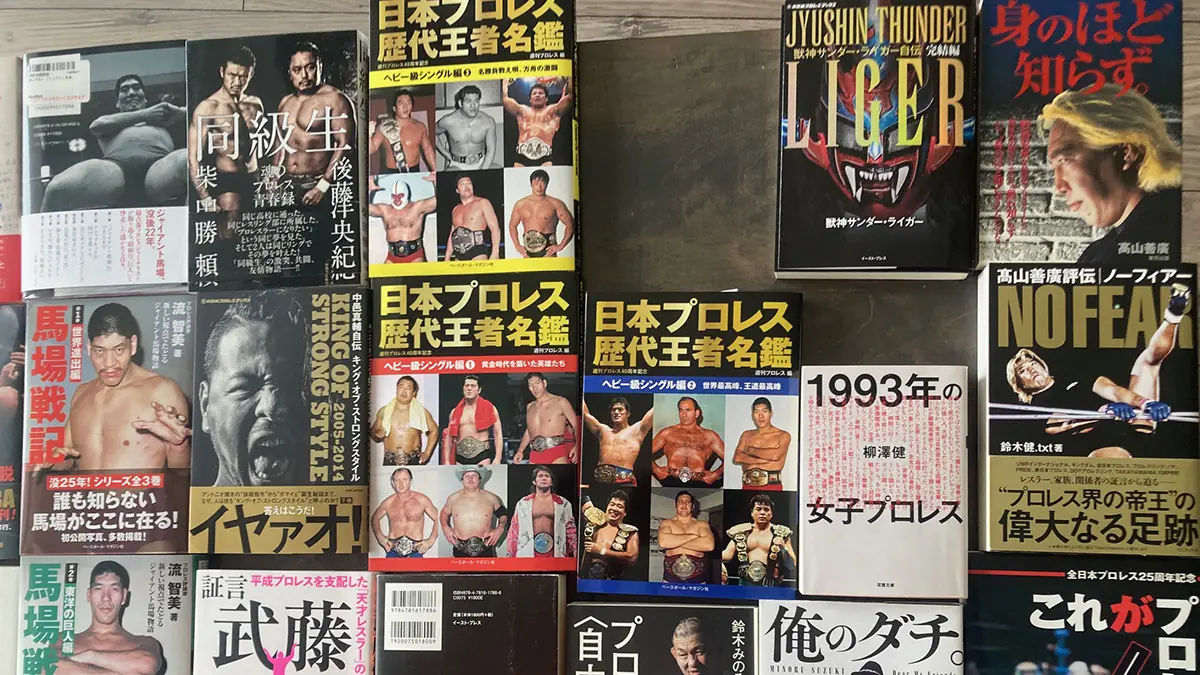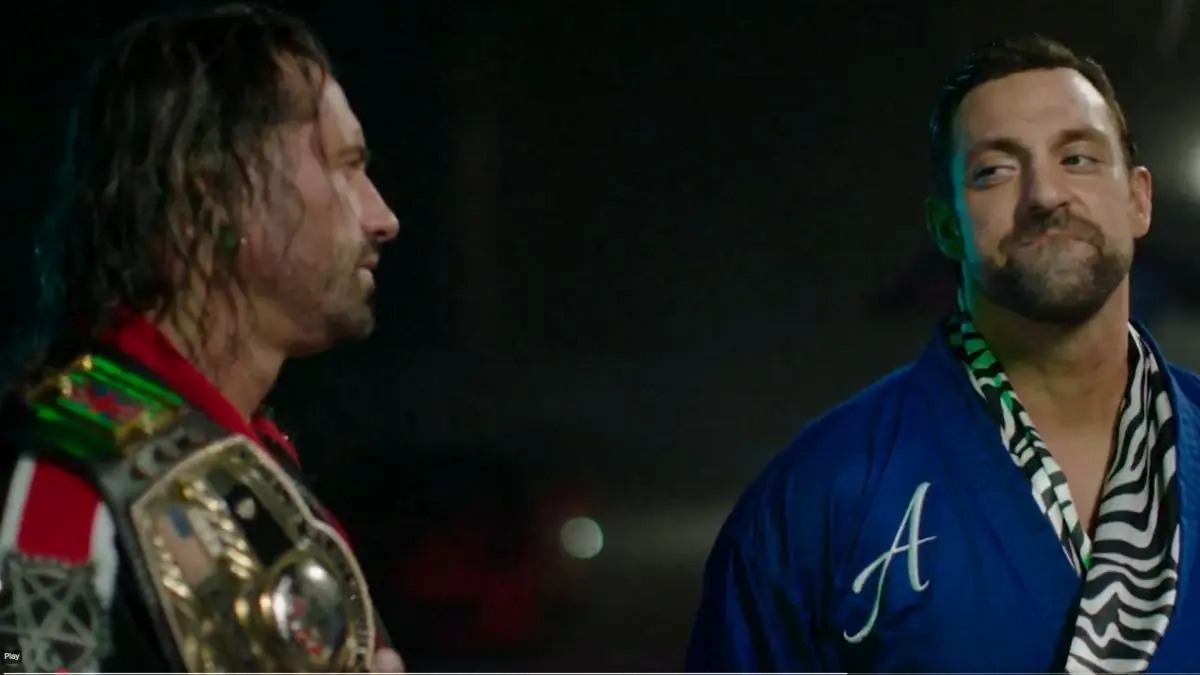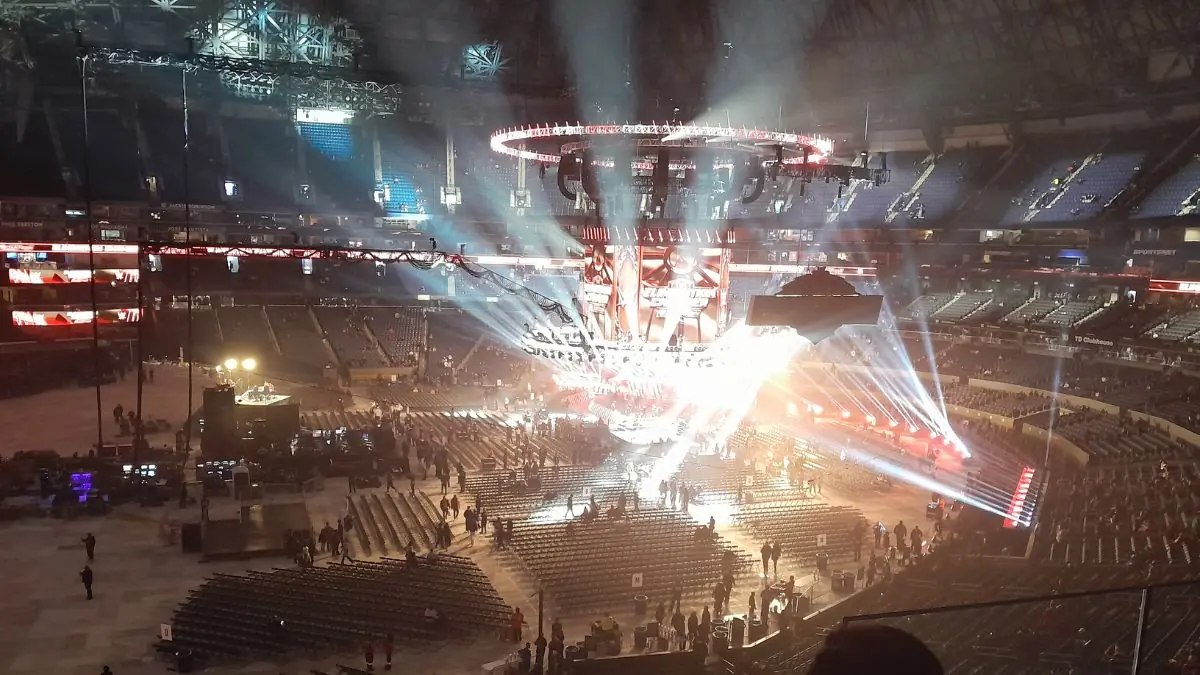“Do not go gentle into that good night,
Old age should burn and rave at close of day;
Rage, rage against the dying of the light!”
— Dylan Thomas, poet (1914 – 1953)
After 27 years, nearly 130 tours of Japan, four Triple Crown Heavyweight title reigns, two Carnival Championships and one AWA World title, Stan Hansen is calling it quits.

Last Sunday, All Japan Pro Wrestling owner Motoko Baba made the announcement about Hansen’s impending retirement to a throng of Japanese reporters at a Tokyo press conference. Hansen’s departure from the mat game doesn’t come as surprise to those who follow Japanese wrestling. But it is nonetheless disheartening, because just like the deaths of Giant Baba and Jumbo Tsuruta, Hansen’s retirement means another link to the glory days of All Japan Pro Wrestling has been severed.
Hansen helped to change the scope of professional wrestling in Japan forever. He brought an intensity and level of believability into his matches that was unmatched by any of his contemporaries. Hansen helped All Japan gain a reputation in the wrestling community as being the most physically taxing and athletically credible style in the world.
The quintessential ‘Gaijin’, (Japanese for foreigner), Hansen played the role of monster-heel to perfection, paving the road for American-heavyweights that would follow him to Japan: Vader, Bam Bam Bigelow, Steve Williams, Terry Gordy, Scott Norton, Gary Albright.
It was Hansen that Giant Baba turned to in 1989 to help create the Triple Crown title. After the monumental title unification match where he put Jumbo Tsuruta over in a five-star mat classic, the Triple Crown gained instant credibility and became the most legitimate version of a world title in all of wrestling.
Having thrilled fans with his brand of ‘staged’ violence and mayhem, the rigors of the sport finally caught up with Hansen this year. Years of grueling punishment stemming from matches with Mitsuharu Misawa, Tsuruta, Kenta Kobashi and Steve Williams brought on a disease known as lumbago (a chronic, lower-back disease). The ornery Texan, the storyline would tell it, finally met up with the one opponent he could not beat into oblivion.
The once fierce warrior had become a sad shell of his former-self the past few years. The Hansen that fans had witnessed recently bore no resemblance to the ravenous, bloodthirsty brawler who left a trail of broken bones and bloodstained canvases behind him. He was an old, battered warrior; His body was worn, his spirit tired.
Still, Hansen carried on. As the torch was passed to the younger generation of talent, sadly, so the sport also seemed to pass him by.
And so the wrestling media cried out, begging him to retire so as not to besmirch and ruin the legacy he had created. My voice was among the loudest. Hansen didn’t understand, we argued, what kind of damage he was doing to his reputation.
But it was we who didn’t understand. Or, to be more accurate, we simply forgot. We forgot the kind of man Hansen was, what motivated him. In our cruel shortsightedness, we forgot all about that one quality that separated Hansen from his peers: his fighting spirit.
And so the stirring prose of the Welsh poet Dylan Thomas has never meant more to me than it does now. Although written as a tribute to his father, it was as if Thomas had Hansen in mind when he wrote those famous words:
“Do not go gentle into that good night… Rage, rage against the dying of the light!”
Hansen may be leaving but he did not go gentle into that good night.
And I have come to understand why.
He had no choice. He didn’t know anything else. Wrestling was in his blood. It was his life.
He had battled the disease valiantly for the past few months until he could bear the pain no more. And know he’s decided to leave the sport for good.
Wrestling will never be the same.
A product of the college football machine that was West Texas State, Hansen was just one of the many from that institution that turned to pro wrestling: Dusty Rhodes, Ted DiBiase, the Funks, Tully Blanchard, Bruiser Brody. All of them endowed with a special trait that served them well over their respective careers: toughness.
It’s a trait that defines most wrestlers. Toughness would have to apply to Stan Hansen if not for the fact it doesn’t quite do him justice. Stan Hansen was more than just ‘tough’.
He was ‘Texas-tough’.
Hansen was not some ‘action-adventure series’ hero. He was not a sports-entertainer. He did not do Chef-Boyardee commercials or call out to all the wannabe-pimps in the crowd and tell them ‘to a roll a big fatty for this pimp-daddy.’
He was a throwback to wrestling’s glory days… he was a wrestler. A wrestler’s wrestler. A man who took wrestling seriously. A man who took great pride in his craft, his art.
And so it came as no surprise that it was in Japan that he made a name for himself. He gave up on American wrestling long ago, preferring to ply his trade in a country and a culture that prided itself in presenting realistic wrestling. It was before the most astute wrestling fans in the world, competing in the most physically demanding style of pro wrestling that Hansen carved out his legend. No wonder North American fans just couldn’t understand.
Their loss.
Teaming with the late, great Bruiser Brody, Hansen made the rings of All Japan Pro Wrestling into his personal war zone, spilling the blood of his foes and wreaking havoc and pandemonium whenever he wrestled, always making sure to give the fans their money’s worth.
And the fans appreciated it. The single, most popular and successful foreign competitor ever to compete in Japan, Stan Hansen was much more than a wrestler to Japanese fans.
He was a ‘god’.
They looked upon the ‘Badman from Borger, TX’ with reverence and awe.
And yet, the ‘god-like’ admiration seemed to embarrass the man. In the ring, Hansen was all business, going that extra mile to give a performance fans would not soon forget. He was a brash-talking, ass-kicking American who loved nothing more than a good fight. He was all-man, ‘all-Texas’ in the ring.
The public perception betrayed the reality. Away from the ring, Hansen was a soft-spoken gentlemen, immensely introverted, always careful to protect the privacy he so cherished. He carried himself with a quiet dignity.
His was a truly unique talent. The sophistication and elegance of the scripted sadism and chaos he created in the ring was breathtaking. He moved with such ferocity and fierceness, there was an understated grace to his style. He captivated audiences and kept them spellbound with every single move he made. It was poetic.
He was an artist, able to shape and mould the texture and tone of a wrestling match almost at will. He was able to elicit the full kaleidoscope of emotions and feeling from fans: horror, terror, joy, bewilderment, anger, and sadness. His was a palette comprised of moves and holds that helped him put together brilliant, vibrant canvases. Each move in the ring a unique brushstroke, each match a unique portrait.
And like every great artist, the time has come to stop and look back at the body of work he’s put together with quiet reflection. The annals of wrestling history will look back favourably on the career of Stan Hansen. He gave us so many fond memories, so many fond moments.
No more matches against Misawa or Kobashi. No more Budokan Hall main events. No trips on the famous All Japan tour bus. All that lies ahead for Stan Hansen is a battle with lumbago.
As the storylines have dictated through out his career, nobody ever got the better of Stan Hansen. It’s unlikely the ravages of this disease will either.
RELATED LINK
